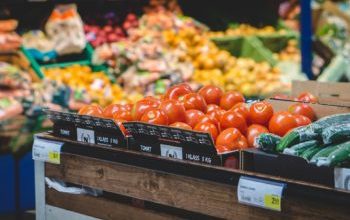Inflation hits 40-year high in May
This was largely driven by food and non-alcoholic beverages, transport and housing, water, electricity, gas and other fuels

Inflation reached a 40-year high in May 2022 as the Consumer Price Index hit 9.1%, up from the 9% reported in April 2022.







